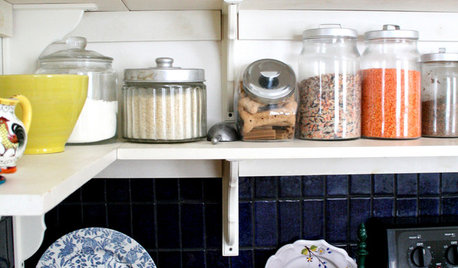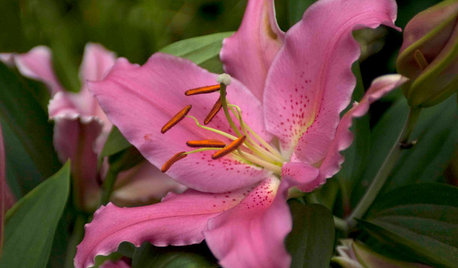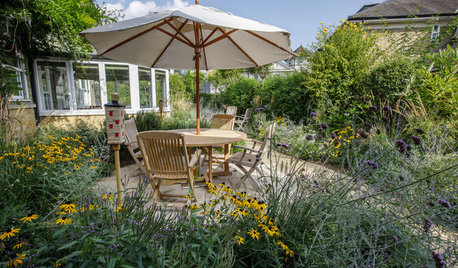Questions re: hardy oriental persimmons (i.e. 'Ichikikei jiro' )
njbiology
15 years ago
Featured Answer
Sort by:Oldest
Comments (20)
shane11
15 years agoalexander3_gw
15 years agoRelated Professionals
Arlington Landscape Architects & Landscape Designers · Lakewood Landscape Architects & Landscape Designers · Marina Landscape Architects & Landscape Designers · Rancho Palos Verdes Landscape Architects & Landscape Designers · Milford Landscape Contractors · Bainbridge Island Landscape Contractors · Cordele Landscape Contractors · Fairhope Landscape Contractors · Oakland Landscape Contractors · Porterville Landscape Contractors · Tigard Landscape Contractors · Webster Groves Landscape Contractors · Norridge Landscape Contractors · Baileys Crossroads Landscape Contractors · Shenandoah Landscape Contractorssautesmom Sacramento
15 years agonjbiology
15 years agoolga_6b
15 years agoolga_6b
15 years agobonsaist
15 years agoScott F Smith
15 years agoolga_6b
15 years agoScott F Smith
15 years agoshane11
15 years agoolga_6b
15 years agoScott F Smith
15 years agoolga_6b
15 years agoScott F Smith
15 years agoolga_6b
15 years agonjbiology
15 years agoGina Perfetto
6 years agorphcfb14
6 years ago
Related Stories

MOST POPULAR50 Shades of Gray
Gray is hotter than ever, thanks to a hit novel full of risks and dark secrets. Tell us: Which paint shade possesses you?
Full Story
GARDENING FOR BUTTERFLIESGardening for the Bees, and Why It’s a Good Thing
When you discover how hard bees work for our food supply, you may never garden without them in mind again
Full Story
KITCHEN DESIGNDisplaying Kitchen Supplies — Hot or Not?
Do some kitchens just beg for a cozy row of canisters and gear for all to see? Have a look and let us know what you think
Full Story
DECORATING GUIDESWhat Goes With Leather Furniture?
If that hide-covered sofa is making you seek decorating solutions, we’ve got just the pairings for you
Full Story
REMODELING GUIDESSo You Want to Build: 7 Steps to Creating a New Home
Get the house you envision — and even enjoy the process — by following this architect's guide to building a new home
Full Story
COLORBest Ways to Use the Neutral Green Color of 2015
Benjamin Moore’s Color of the Year is soft and natural
Full Story
FLOWERSGreat Design Plant: Lilies
Try these delightfully exotic stunners for paintbox colors, deep fragrance and intricately detailed petals
Full Story
FARM YOUR YARD9 Ways to Change Up Your Vegetable Garden for the Coming Season
Try something new for edible plantings that are more productive than ever
Full Story
LANDSCAPE DESIGN4 Tips for Creating a Small Garden That Welcomes Wildlife
Win over birds, bees, butterflies and neighbors with these design strategies
Full Story
HOUZZ TOURSHouzz Tour: Wide-Open Views on a Narrow Canadian Lot
Expansive glass walls facing the street create openness, sun-filled rooms and closer relations with the neighbors
Full StoryMore Discussions







olga_6b